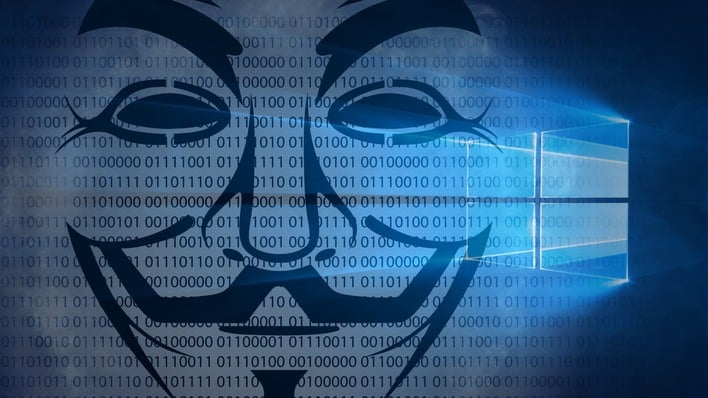
To put it in perspective for you, Microsoft assigned this issue, known as CVE-2024-38063 a severity score of 9.8 out of a possible 10. This is just about as bad as it gets. Affected systems that are exposed to the internet using IPv6—that means basically all Windows systems at this point—could be attacked and compromised in an automated fashion, even if the machine is secure and the user does nothing to approve or allow the exploit.
Fortunately, Microsoft has already patched this particular bug along with six other zero-day vulnerabilities that are being actively exploited in the wild. To protect yourself, all you need to do is make sure you have the latest Windows updates. The other zero-days comprised privilege escalation flaws and remote code execution flaws in a variety of Windows and Office components, including a flaw rated 8.8/10 related to Office’s macro features.
If for whatever reason you can’t update right now, an easy mitigation is to simply disable IPv6, although this will break internet access for a lot of people outside of the first world. Ultimately everyone needs to get updated as fast as possible; bugs like this are a stark reminder of why Microsoft mandated automatic updates in Windows 10.